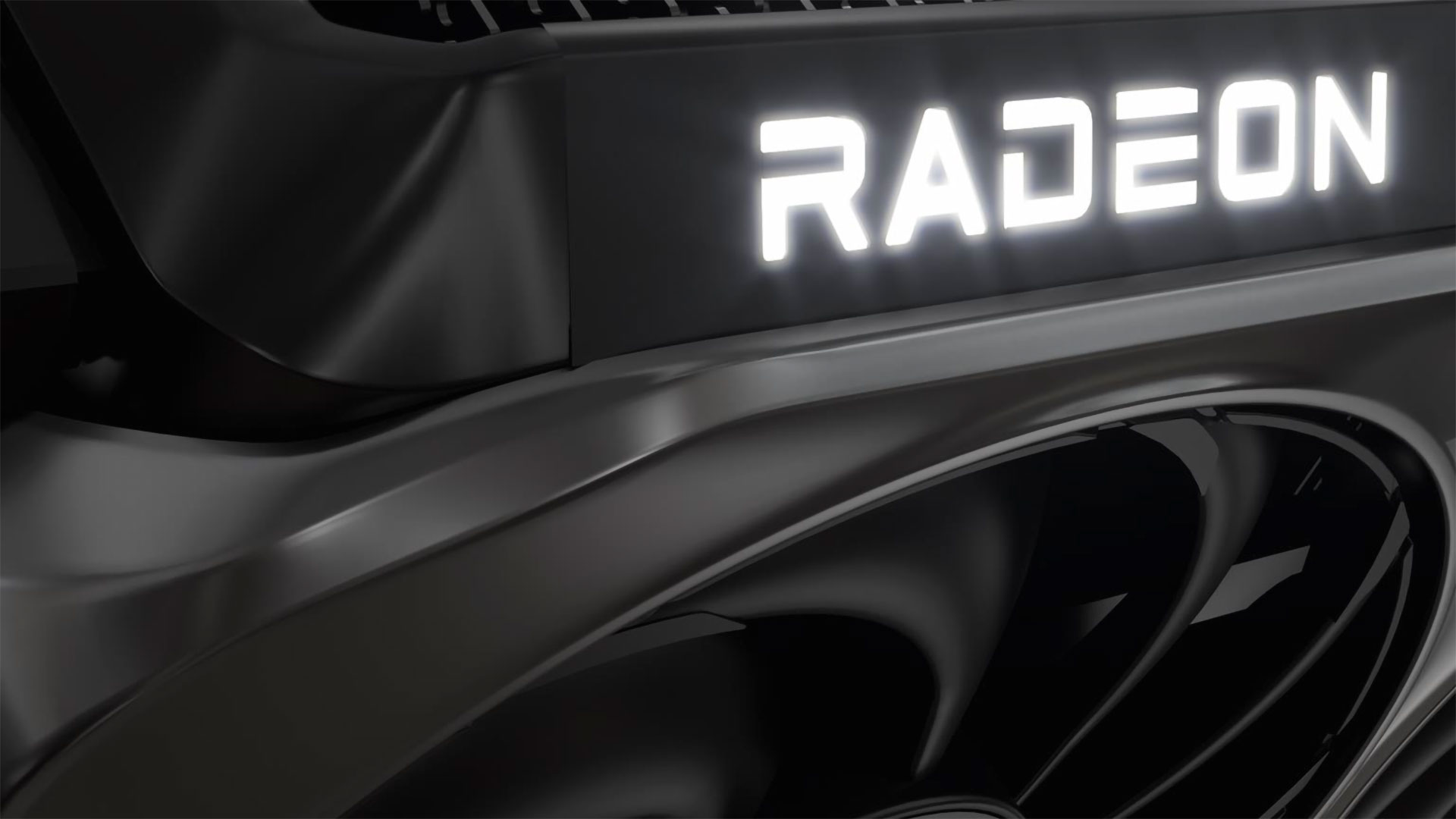AMD RX 9070 GRE rumored to have 48 CUs, 12GB VRAM, 2.79 GHz clocks — about 15% slower than the vanilla RX 9070
Still no word on global availability.

A new leak has uncovered almost all the specifications of AMD's upcoming RX 9070 GRE GPU, which is expected to sit between the RX 9070 and the to-be-announced RX 9060 XT. It is expected that RDNA 4 will start trickling down to the mainstream with the RX 9060 XT and the RX 9070 GRE at Computex.
On a spec sheet obtained by Videocardz, the RX 9070 GRE reportedly offers 3,072 shading units or 48 Compute Units (CUs), 25% fewer than the RX 9070 XT and a 40% reduction versus the last-gen RX 7900 GRE. The included 192-bit interface results in only six memory slots, equating to 12GB of GDDR6 memory, while the 7900 GRE had 16GB. The memory speed has also been cut back to 18 Gbps, versus 20 Gbps on other RX 9070 products, for 432 GB/s of bandwidth.
Just as with the RX 7900 GRE, users should be able to extract some performance improvements with the help of memory overclocking. In terms of clock speeds, the publication quotes 2.79 GHz (boost clock), which AIBs could push north of 3 GHz on custom models.
Assuming the RX 9060 XT's leaked specifications are correct, there is a sizeable gap in AMD's RDNA 4 product stack. The 3,584-core RX 9070 is directly followed by the RX 9060 XT with its rumored 2,048 cores, with no intermediary, assuming the RX 9070 GRE is exclusive to China. Will AMD pull an Nvidia and follow up with its own "Ti Super" class SKU to bridge the gap?
Considering the 40% core-count deficit, can the RX 9070 GRE take on its predecessor? The RX 9070 XT is a great indicator in this example; despite 33% fewer cores than the RX 7900 XTX, it comes very close in raw rasterization across all resolutions. The difference is further screened in ray-tracing, AI, and content creation. So while RX 9070 GRE might be able to compete within 5-10% of the RX 7900 GRE, the 12GB framebuffer is sure to limit its potential at 4K or even in some 1440p titles.
In early February, AMD revised its GRE badge, which now stands for "Great Radeon Edition", replacing the standard "Golden Rabbit Edition". Although this name divorces the term from the Chinese Zodiac and gives it a broader appeal, the latest RX 7650 GRE continues to be China-exclusive. This is a strong indicator that future GRE-class products might be region-locked, though AMD has made an exception in the past: the RX 7900 GRE.
Follow Tom's Hardware on Google News to get our up-to-date news, analysis, and reviews in your feeds. Make sure to click the Follow button.
Get Tom's Hardware's best news and in-depth reviews, straight to your inbox.

Hassam Nasir is a die-hard hardware enthusiast with years of experience as a tech editor and writer, focusing on detailed CPU comparisons and general hardware news. When he’s not working, you’ll find him bending tubes for his ever-evolving custom water-loop gaming rig or benchmarking the latest CPUs and GPUs just for fun.
-
Eximo Another 8 CUs isn't small either. But these are certainly the chips that failed. Better than scrapping them.Reply
What might be of interest is if you can do the same BIOS mod to them as the 9070 and get them to draw 300W like the 9070 XT. With even less CUs and a chunk of memory missing, there should be that much more power budget (though the GPU might not want to clock any faster anyway) -
Notton So it's...Reply
RDNA4.0
RX 9070XT: 64CU
RX 9070: 56CU
RX 9070 GRE: 48CU
RX 9060 XT: 32CU
RDNA3.5
RX 8060S: 40CU
RX 8050S: 32CU
RX 890M: 16CU
RX 880M: 12CU
RX 860M: 8CU
I wonder if they'll bother with a 9060 XTX with 40CU, or 9040/9050 with 20~24CU. Preferably with the AV1 encode/decode still intact. -
Eximo Navi 44 represents a fully enabled die at 32 CUs, so it can't get bigger.Reply
Yields would have to be really dismal on Navi 48 to be able to make a 128 bit GPU down at 40 CUs. -
usertests Reply
There's not much choice. It really comes down to what amount of the die they are willing to disable. 25% is already a lot if yields are good, might as well axe the memory too. It may not see much distribution outside of China.Thunder64 said:The gimped memory is disappointing.
No chance on a 40 CU 9060 XTX. That would be 37.5% of the CUs disabled. 48 CUs is already pushing it.Notton said:I wonder if they'll bother with a 9060 XTX with 40CU, or 9040/9050 with 20~24CU. Preferably with the AV1 encode/decode still intact.
There is supposedly going to be no 9060 non-XT, so for a 9050, why not go for 28 CUs? Same as RX 6600 non-XT.
For a 9040, I would hope to see 75W TDP and 8 GB. I guess 24 CUs would be fine. This is the card I would actually buy, as a low profile, low power option for office PCs. -
beyondlogic ReplyNotton said:So it's...
RDNA4.0
RX 9070XT: 64CU
RX 9070: 56CU
RX 9070 GRE: 48CU
RX 9060 XT: 32CU
RDNA3.5
RX 8060S: 40CU
RX 8050S: 32CU
RX 890M: 16CU
RX 880M: 12CU
RX 860M: 8CU
I wonder if they'll bother with a 9060 XTX with 40CU, or 9040/9050 with 20~24CU. Preferably with the AV1 encode/decode still intact.
depends on how many failed gre there are. or 9070 with worse die.
i can imagine a 9060 xtx but i would think that would be oems mainly ( yes the 32 die is max at 9060xt but amd and nvidia always love to play naming with letters lol. -
watzupken The RX 9070 GRE is the likely competitor for the RTX 5060 Ti. I don’t believe the RX 9060 series will be competitive since it’s still on a 128 bit memory bus but using GDDR6. So AMD must be aware and releasing the GRE as a counter solution.Reply